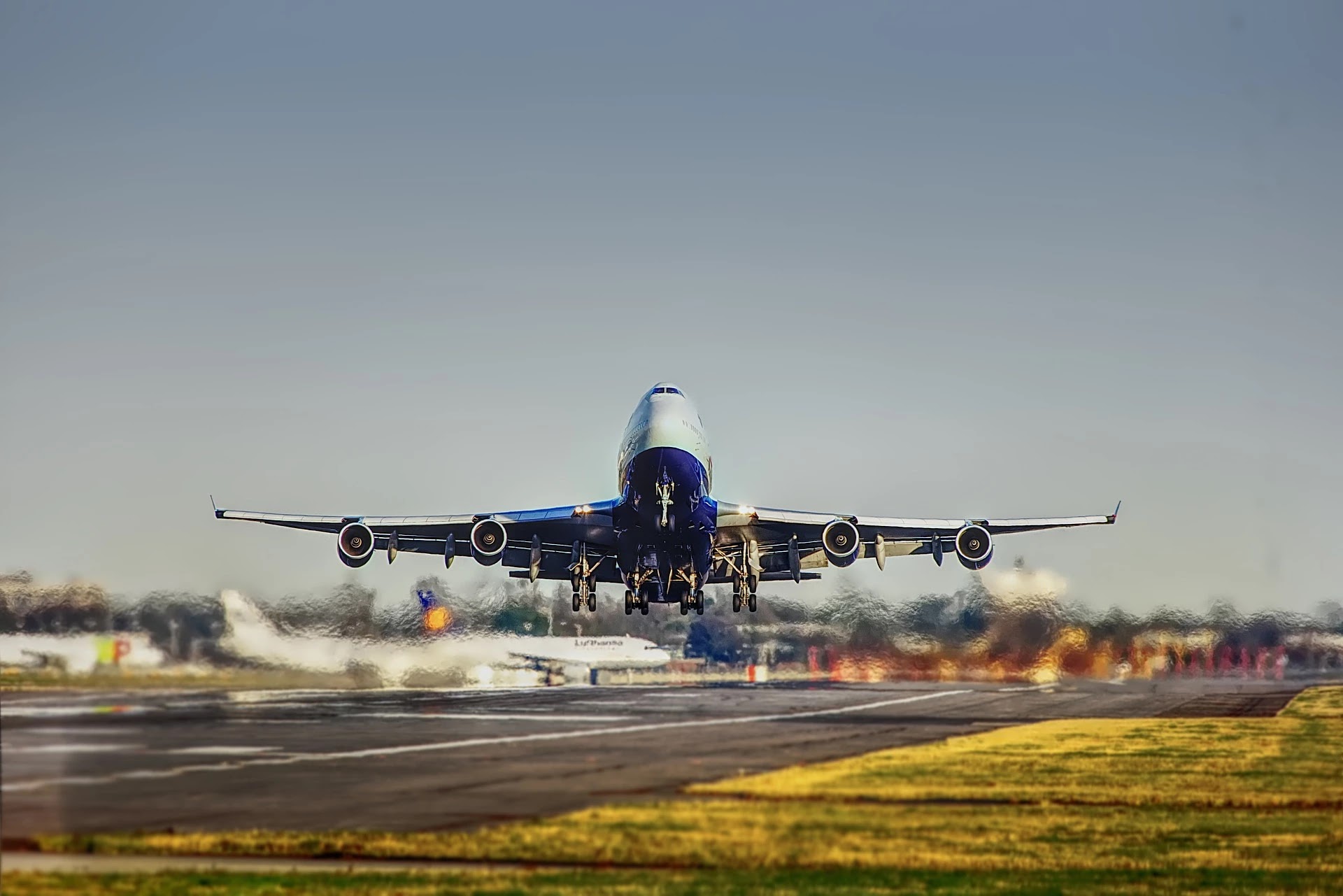
Researchers Create Aircraft Fuel From Sunlight and Air
Researchers from ETH Zurich and Potsdam have created a system that can generate carbon-neutral liquid fuels from sunlight and air. During combustion, synthetic liquid fuels release the same amount of carbon dioxide previously extracted from the air during their production.
On the roof of ETH Zürich, where the research was conducted, engineers Aldo Steinfeld, Professor of Renewable Energy Sources at ETH Zurich, and his colleagues built a working version of the system. It was made up of three-unit: an air capture unit that captures carbon dioxide and water from the atmosphere, a solar unit that captures solar energy and uses it to convert those materials into a mixture of carbon monoxide and oxygen (called syngas), and a third unit that converts the gas into liquid fuel. Solar kerosene is the name given to it.
On a molecular level, carbon-neutral fuels are similar to petroleum-based fuels, according to Gevo, Inc., a Colorado-based advanced biofuels company. The only difference is the carbon that was used to make them. The ability to incorporate the right kind of carbon into the process is a game-changer.
According to Steinfeld, the technology has matured to the point where it can be used in the real world. However, funding will be required to get there, as the carbon-neutral fuel would be more expensive to produce than regular, polluting kerosene.
The system is part of a global effort to reduce carbon dioxide emissions associated with flying and shipping (currently 8 percent).
The experimental system worked successfully and consistently under intermittent solar irradiation, according to the researchers.
They claim that it produced 32 milliliters of methanol in a typical seven-hour-day run, demonstrating the technical viability of a solar fuel production process.
To meet the world's kerosene demand, which is estimated to be around 414 billion liters per year, they estimate that 45,000km2 of solar plants would be required. This equates to roughly 0.5 percent of the Sahara Desert's surface area, where such plants could thrive in ideal sunlight.
The fuel would cost $1.35 to $2.24 (1.20 to 2 euros) per liter if produced on an industrial scale, according to an analysis of the entire process.
Furthermore, according to the engineers, the technology allows scientists to meet global demand for jet fuel while using less than 1% of the world's arid areas and does not compete with food production or livestock feed resources.
They also mentioned that using renewable energy-based materials and carbon-neutral building methods in the production facility can bring carbon emissions even closer to zero.
The study was published in the journal Nature.

Why not use this tech to create auto fuel for cars? It would sure beat the looking disaster of dead electric car batteries (unless someone figures out how to rejuvenate the ones that will no longer hold charges).
ReplyDeleteLooming, not looking.
ReplyDelete